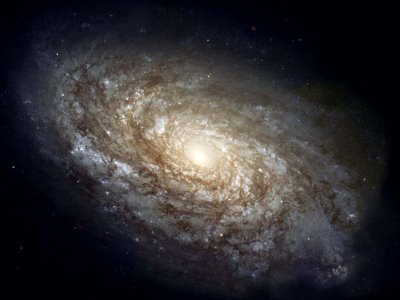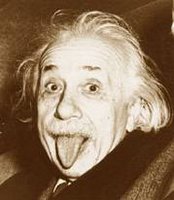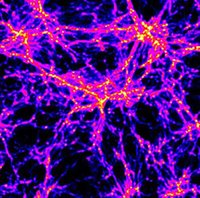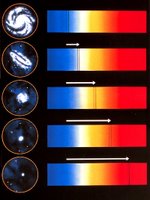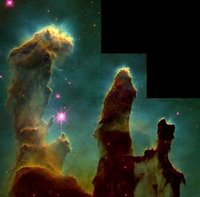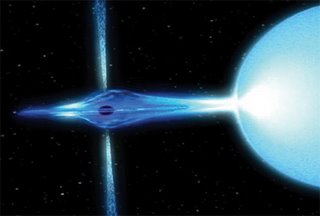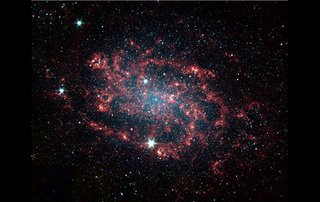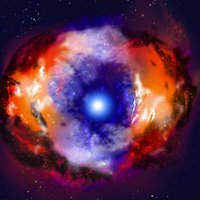a planet.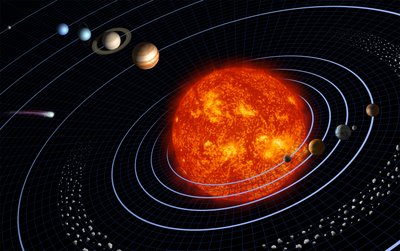
What!!! What happened to Pluto??
Hey don’t panic dude!! Nothing happened to it. I just said that Pluto is no more a planet.
Oh!! So, are you saying that we have got only eight planets??
Absolutely! According to the International Astronomical Union (IAU), we just have eight planets and three dwarf planets.
IAU?? What is this IAU?
IAU was formed to promote and safeguard the science of astronomy in all its aspects through international co-operation. This union unites all the astronomical societies in the world. It is also responsible for naming stars, planets, asteroids, other celestial bodies and phenomenon.
Ok, Fine! But why did they remove Pluto from our planet’s list??
There is a long story for that. In short, we can say that according to the new definition of planets, Pluto doesn’t qualify as a planet.
What is the new definition of a planet?
According to IAU, a planet must satisfy four properties.
- It must orbit around a star or a stellar remnant.
- It must have sufficient mass so that the self-gravity of the body can overcome the rigid body forces to become a hydrostatic equilibrium state.
- It should not be massive enough to initiate thermonuclear fusion of deuterium in its core.
- And should have cleared its neighborhood around its orbit.
Oh my god!! It’s very complex. Lots of astronomical jargon! Can u explain them clearly? What are the stellar remnants?
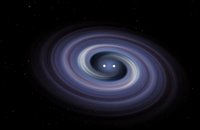
Stellar remnants are the remnants of star. They are three kinds - White Dwarfs, Neutron Stars and Black holes. They represent a final, end stage of evolution for stars. They are, in a sense, dead stars.
Ok! I got that. Now what about the second property of a planet?
Ha!! To explain that, I will plunge in to physics for a moment. A body is said to be a solid body if any of the external forces, however larger they may be, could not deform the body. Such a body is not possible to exist. So they came up with a concept of rigid body which is an idealization of solid body. In rigid bodies the deformation due to the external forces would be negligible. And the forces that do act against this deformation due to external forces are called rigid body forces.
I hope u know what the gravity is. A body’s gravity not only exerts force on other bodies, but also it exerts some force on itself and this force is called “Self-gravity”. And when the size of the body is very the large the self-gravity also becomes large. This large self-gravity will act opposite to the rigid forces and overcome them and try to pull all the points in a body towards center. And so it assumes hydrostatic equilibrium state (nearly round state).
Wow!! Then what about the third one?
Yeah!! I was coming to that. Nuclear fusion is the process by which multiple nuclei join together to form a heavier nucleus. It is accompanied by the release or absorption of energy depending on the masses of the nuclei involved.
Deuterium, also called as heavy water, is a stable isotope of hydrogen. The nucleus of deuterium, also called as deuteron, contains one proton and one neutron. I do believe that you know that a normal hydrogen nucleus doesn’t contain any neutrons. This deuterium can replace hydrogen in water and can form D2O (or heavy water). This heavy water is used as a coolant in the nuclear reactors.
Most of the celestial objects posses this deuterium. Even our earth contains abundant amounts of deuterium in its ocean beds. So is the case with other solar bodies. When the mass of the body is very large, the forces on the deuterium trigger a nuclear fusion and destroy all the deuterium in it and in turn release lot of energy. This force is called Gravitational confinement. And normally it is only possible in the objects as big as stars.
Ok! And the fourth property would be- a planet must have enough gravitational pull to attract all its neighboring celestial objects on to it and clear all its surroundings around its orbit. Am I right?
Absolutely Right!
So which properties did Pluto fail to achieve?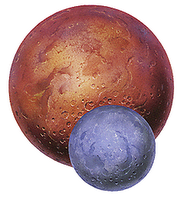
Pluto completely failed with the fourth property. It could not clear its neighborhood. Moreover, it has a highly eccentric orbit (eccentricity is the measure of deviation of shape from a circle). At times it comes closer to the Sun than Neptune. Pluto takes about 249 years to revolve around the sun out of which it will be close to Sun than Neptune for 20 years. And also, Pluto rotates in the opposite direction from most of the other planets.
Oho!! And that is why they disqualified it as the planet. So what is Pluto now?
Pluto is a dwarf planet. According to IAU, a dwarf planet is the one which satisfies the following properties.
- It must orbit around Sun.
- It must have sufficient mass so that the self-gravity of the body can overcome the rigid body forces to become a hydrostatic equilibrium state.
- Has not cleared the orbit around its neighborhood.
- It is not a satellite or any other stellar body.
The definition currently applies to only solar system. And so the first property says Sun.

Cool!! So do we have any other dwarf planets?

Yes! Apart from Pluto we have two other dwarf planets. They are Ceres
and Xena. Ceres is in the asteroid belt which is between Mars and Jupiter. And Xena is a trans-Neptunian object, which means it is far away from sun than Neptune.
Why have they made this resolution now? Why not before?
Pluto was discovered in 1930 in a fortunate mistake by Clyde Tombaugh. From then very little was studied about Pluto as it is very far from us. Actually that is the only planet (till 24th august… now it is dwarf planet) where any of the man made satellites didn’t go. There were lots of controversies over Pluto and many of the scientists objected Pluto being referred as planet because of its high eccentricity, improper rotation access and many other features.
But the discovery of Xena on January 5th 2005 has triggered the discussion. Xena is larger than Pluto and it is more eligible to become a planet than Pluto. This along with the Ceres has a few common features which are completely different from the planets. This results in categorizing these objects as dwarf planets.
So what our Hindu mythology says about the nine planets is wrong.

Absolutely wrong! Our Hindu mythology never spoke about the planets. The NavGrahas which they mentioned aren’t the planets. Doesn’t u remember Sun, one of the NavGraha, is not a planet. NavGrahas are the celestial forces that act on the man. That is why Rahu and Kethu (both the eclipses) were also there along with the other humungous objects in the solar system. To learn more about this, please check Anil’s blog.
Wow! That was really interesting.
Hmmm… Universe is always a very interesting topic and fascinates a lot of people. But the problem is most of us do not really care for it. This post is to just to educate a few. I hope to write more blogs on this topic.








